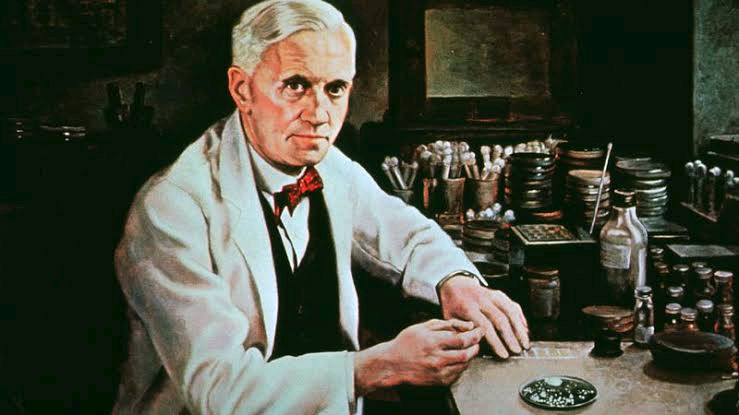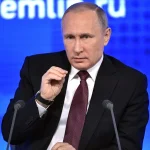Despite the mind-blowing view of the economic phase, infrastructures, and the vital propaganda that governs our society, medical doctors play a critical role in advancing life and establishing success.
Even at the peak of evolutionary technology and other aspects taking charge of human responsibilities and vocation, the world still needs medical experts and has confessed arguably how their influence has helped save humankind.
From the varieties to fields, their abilities featuring invention, theories, exploration, and research bid just how significant they are to society.
However, amid this view, some have stood out to be highly unique, following how they attain what is assumed to be impossible.
In this article, we will outline and detail the status of the top 10 most influential and powerful Doctors in the world.
Dr. Mathé
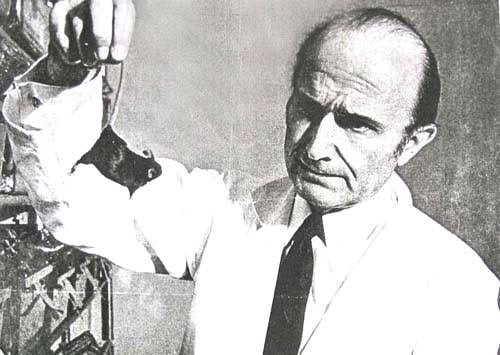
Dr. Mathé has emerged at the first spot in this category, following how he deployed a rare approach to the growth of medical history.
In 1963, Dr. Mathé astonished the world after announcing that he had successfully cured a leukemia patient.
Leukemia is a severe cancer of blood-forming tissues that hinders the body’s ability to fight infection. When its efficiency exhumes blood-forming tissues, victims tend to suffer consistent health complications until death.
From the 1950s to the 1960s, civilians, especially in Yugoslavia, suffered newly arisen health hazards, including leukemia sparked by radiation implored during a nuclear accident.
They suffered acute Blood Cancer and all coveted cures, but it seemed shattered.
However, Dr Mathé, who has been quite into research for a while, found its cure. During his preclinical studies of a bone marrow transplant, Dr. Mathé discovered and proved that donor cells scraped from bone marrow survived and were duplicated only in the first irradiated recipients to neutralize their immune systems.
Among 10 Yugoslavia physicists exposed to the radiation of the nuclear accident who suffered Leukemia, Dr. Mathé was able to cure all except one, who died from radiation poisoning.
He also heads on to cure even more advanced Leukemia, including bone marrow transplant victims. He concluded that the condition was a result of an immune reaction in the donor marrow against the autologous cells of the patient.
His invention left his profile with a legendary status in the history of humanity as he is celebrated more often.
After a long run, Dr. Mathé died from an undisclosed sickness at the age of 88 on 15th October 2010 at the Villejuif Hôpital Paul-Brousse in France.
How Bone Marrow transplant (BMT) works
Before the transplant, the victim will be exposed to chemotherapy (chemo) or sometimes radiation, which destroys the cancer-initiated cells and marrows. After this, healthy cells from a donor will be transferred into your bloodstream through an intravenous (IV) catheter or tube.
Sir Alexander Fleming
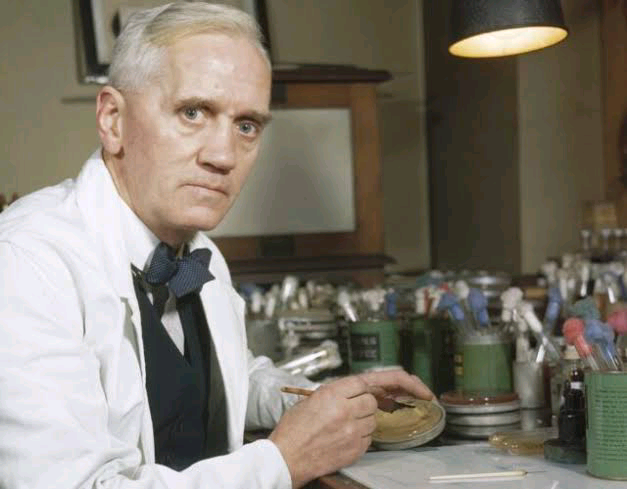
Sir Alexander Fleming FRS FRSE FRCS, famously known as Sir Alexender, embraces the second phase in this category for his significant discovery.
The Scottish physician and micro-biologist discovered the first world-known antibiotic identified as penicillin.
Penicillin is a substance obtained from penicillin mold that kills bacteria. It is grouped with β-lactam antibiotics.
Having served as a captain in the Army Medical Corps in World War 1, Alexander’s ambition and aspiration was always centered on medical discoveries.
Rising with a significant interest in the natural bactericidal characteristics of antiseptics and blood, he discovered the bacteriolytic substance lysozyme in the tissue and secretions. While studying the influenza virus in 1928, he found Penicillin.
However, his discovery happened by accident. Alexander had left a staphylococcus culture on a plate only to discover later that mold had formed on the culture. He found further that the mold had a bacteria-free circle around it. Studying the culture even more often, Alexander found that it could restrain the growth of staphylococci. Without hesitation, he proved it, and it became part of the Penicillium notatum family.
His discovery further gave rise to advanced antibiotics amassed by medical teams to date.
Helen B. Taussig
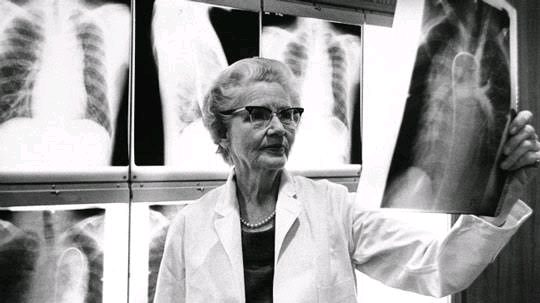
Helen B. Taussig, an American cardiologist working in Baltimore and Boston, also has earned her spot in the third space of this category.
Earning her mark, she is adored for discovering pediatric cardiology, which has helped extend the lives of unborn babies aligned with early heart problems.
Her concept bid a procedure that would help prolong the lives of children born with Tetralogy of Fallot spec – ___ the most known common cause of Baby Syndrome.
Despite that, Helen battled Deafness; she could blend with lips reading, going through the phase of life until her career struck the peak phase where she discovered pediatric cardiology.
Pediatric cardiology is a medical field that deals with diagnosing and treating unborn children with heart problems through childhood and adulthood.
Helen reformed her knowledge and deployed the concept of the Blalock-Thomas-Taussig shunt procedure, which she advanced to help extend the survival of children born with ‘tetralogy of Fallot.’
As of the time of her services, she also played a vital role in banning thalidomide, for it hazard embedding deformities in infants whose mothers took the drug during pregnancy. Stretching to a more significant phase, She also boosted the use of x-rays and fluoroscopy for less invasive checking of the changes in the heart and lungs of kids, as disclosed by several sources. She breached dimension in politics, becoming the first president of the American College of Cardiology.
Helen died in a car accident just days before her 88th birthday in 1986.
Charles R Drew
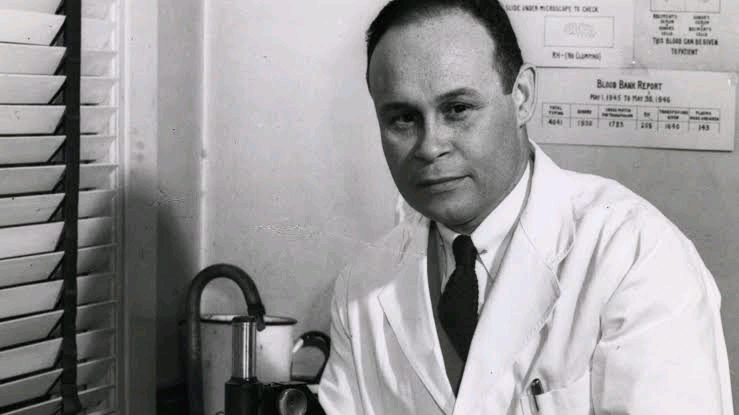
Charles R Drew, without a doubt, embraces the fourth space in this category after contributing vastly to the medical phases that have helped retain the life of humanity.
He was an African-American surgeon and medical researcher adored for inventing Blood Transfusion.
Charles’s Blood Transfusion occurred during World War II after he researched how to revive soldiers who were losing blood and other medical attention. His research advanced to developing improved blood storage techniques and large-scale blood banks.
During his discovery, Charles understood that plasma extraction from blood requires centrifugation and liquid extraction, which he practiced and mastered to perfection to avoid contamination and clotting. He would collect, test, and store healthy blood for further transportation. During the war, large quantities of blood plasma were distributed in the United Kingdom to save lives.
On 5th April 1950, Charles was involved in a reckless car accident that took his life after it somersaulted three times.
Michael Ellis DeBakey
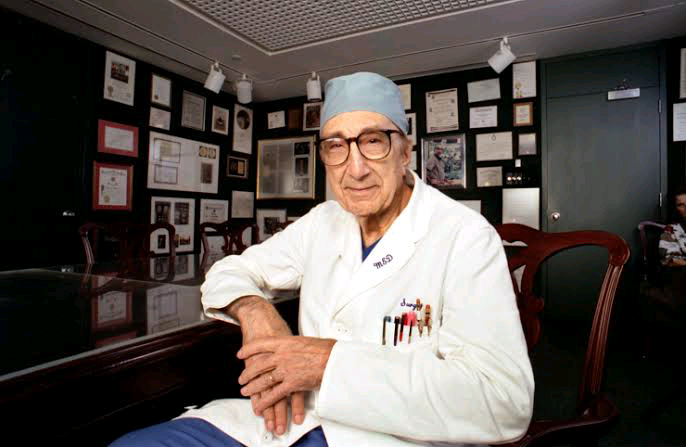
Michael Ellis DeBakey, born on 7th September 1908, was an American general and cardiovascular surgeon who has deservedly embraced his spot at the 5th position of this category.
He was adored and respected for his impact that gave rise to the heart-lung machine, which boosted human health factor to the extent that he was elected as the Chairman of the Department of Surgery, President, and Chancellor of Baylor College of Medicine at the Texas Medical Center in Houston, Texas.
Heart problems were common in his era; however, Micheal, being linked to medical approaches, researched and introduced the roller pump, which he used to transfuse blood directly from one person to another.
As of the time of his operation and services, Micheal performed surgery on over 60,000 patients, including presidents and celebrities who are convinced of his qualities.
He also created Plastic tubing that helped restrain stroke from recurring, kidney failure, and vascular restoration of limbs.
He further advanced to creating cardiovascular procedures that resulted in coronary artery bypass and ventricular assist devices. Going forth to save lives, he emerged as the first Doctor to invent and install the first artificial pump to help restrain heart damage.
His reign surpassed decades until he died from a natural cause on 11th July 2008.
Virginia Apgar
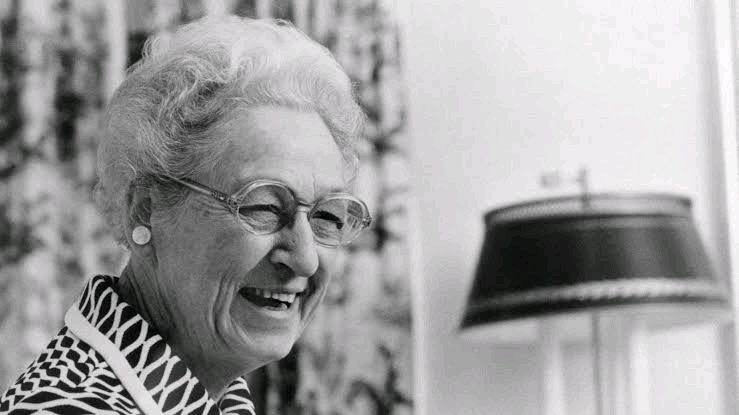
Even though her discovery was rejected at first glance, she has contributed to helping to determine the systematic measurement for assessing a newborn’s transition after it leaves the womb. This has earned her the sixth spot in this category.
Dr. Virginia was adored vastly for contributing to the medical approach that has helped doctors to identify the state of a newborn’s heart rate, respiratory effort, muscle tone, and reflex response.
According to Wikipedia, Dr. Virginia was an American physician, obstetrical anesthesiologist, and medical researcher. During her lifetime, Dr.Virginia dedicated all her passion to her medical vocation and invented a life-saving medical protocol identified as the Apgar score. This is explained as the quick access to the health of a newborn child immediately after birth to help boost infant mortality. This involves the child’s breathing, skin color, reflexes, motion, and heart rate.
Dr. Virginia invented this protocol and marshaled it as the Apgar score that will assist physicians and nurses in assessing the health of a newborn baby quickly.
Her importance to the field of medication stored her status to become a leader in anesthesiology and teratology, as she further introduced obstetrical considerations to the established field of neonatology before she died.
She served and deployed incredible services for decades until she succumbed to the call of nature on 7th August 1974.
Helene D. Gayle
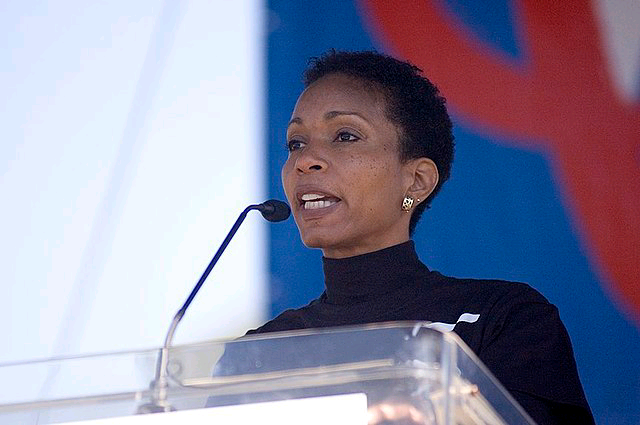
Helene D. Gayle contributed vastly to the effects of AIDS on children, adolescents, and families and how to withstand its hazards, which has earned her the seventh spot in this category.
She was an American physician and academic and non-profit administrator who found her peak in the medical field.
However, her status was infused after contributing vitally to inventing measures that are used to date to tackle HIV/AIDs in children and adults.
HIV/AIDS cure is yet to be confirmed, but Helen’s contribution has helped physicians and nurses restrain patients from complications to manage and live with it.
Her effort awarded her several posts that featured AIDS coordinator and chief of the HIV/AIDS Division at the United States Agency for International Development (USAID), the first director of the newly created National Center on HIV, TB and STD Prevention (NCHSTP), and Assistant Surgeon General and Rear Admiral in the United States Public Health Service.
Edward Jenner
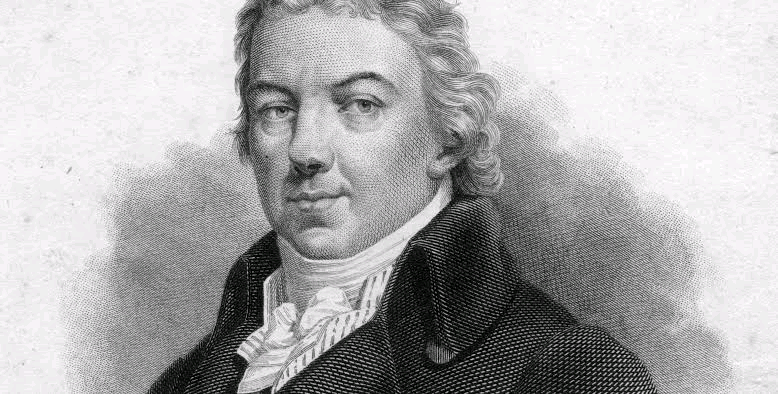
Vaccination has saved lives more than any other medical requisition, and this should deploy all the praises to Edward Jenner, who founded it.
As the eighth most influential and powerful doctor in this space, Edward relinquished all his effort into saving lives and is adored for it.
He was an English physician and scientist. His dedicated research resulted in discovering vaccination initially made to cure smallpox. In his era, smallpox garnered virus waves, killing and destroying over 10% – 20% of civilians following the view of its spree.
Edward pioneered his invention through a cowpox experiment and came out with vaccination, which worked efficiently and defeated smallpox.
His invention is considered to have saved more lives than any other medical invention. He is referred to generally as the father of immunology.
Running and finalizing his legacy, Edward died from the complication of a stroke on 26th January 1823 at the age of 73.
Elizabeth Blackwell
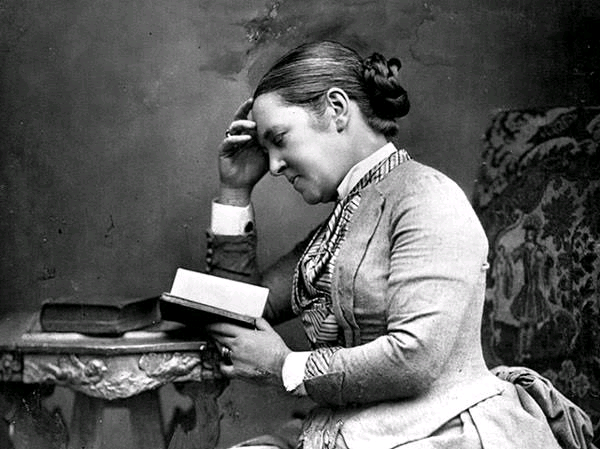
In the world and era of women’s discrimination and neglect, Elizabeth stood out in her grand and became the first American-known physician.
She was often neglected and tackled while studying medicine, where she experienced discrimination at the most significant peak. However, she still managed to pave through and attain her status.
After attaining her medical status, she focused mainly on deploying her services to women, finding the New York Infirmary for Indigent, Women and Children. And also the Women’s Medical College of the New York Infirmary in 1868 and the National Health Society in London, England.
Elizabeth had a long run and died of natural causes on 91st May 1910 at 89.
Daniel Hale Williams
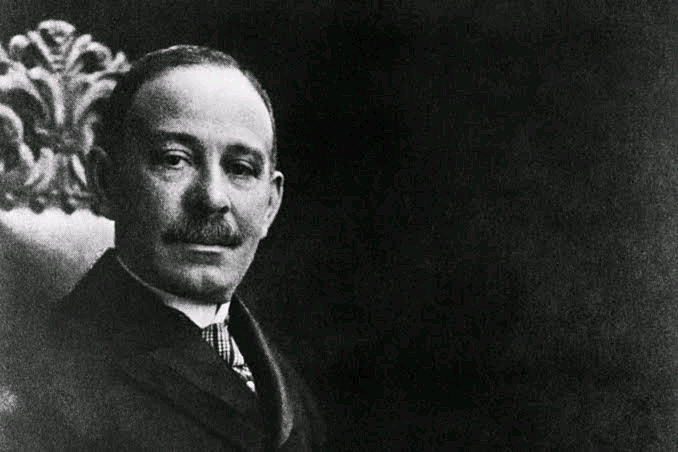
Daniel Hale Williams graces the 10th spot in this category and is adored for being the first surgeon to perform a successful open-heart surgery.
Embodying African American roots, Danielle, through his career, experienced racial abuses and racism. However, he still conquered the heat and infused his knowledge.
His focus resonated on repairing sounds, leading him to become the first doctor to perform a successful pericardium surgery in the United States.
He conquered all odds and founded the first non-segregated hospital in the United States and associated nursing school for African Americans, the Provident Hospital and Training School, Chicago, IL. Over the years, the hospital became known as the Provident Hospital of Cook County.
After fulfilling his dream, Hall died on 4th August 1931 at 75.


